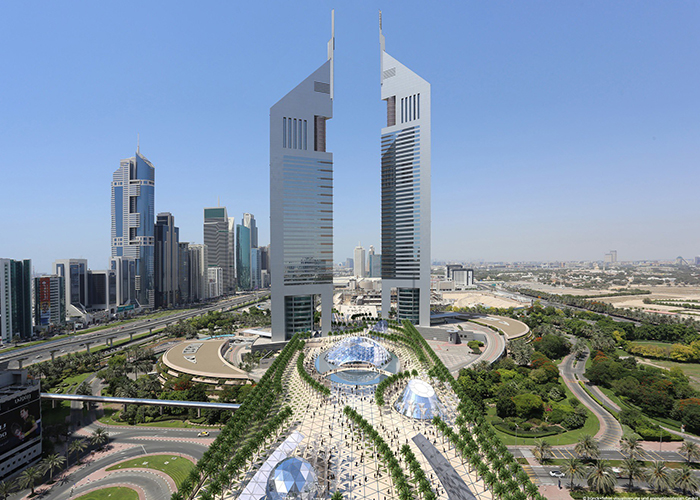
Granulated Blast Furnace Slag (GBFS)
Granulated blast-furnace slag (GBFS) is obtained by quenching molten iron slag (a by-product of iron and steel-making) into water from a blast furnace in water or steam, to produce a glassy, granular product. The chemical composition of a slag varies considerably depending on the composition of the raw materials in the iron production process. Silicate and aluminate from the ore and coke are combined in the blast furnace with lime stone or dolomite used as flux . Slow cooling of slag melts results in an unreactive c rystalline mater ial consisting of an assemblage of Ca-Al- Mg silicates. To obtain a good slag reactivity the slag melt needs to be rapidly cooled or quenched. To cool and fragment the slag a granulation process can be applied inwhich molten slag is subjected to jet streams of water or air under pressure. In order to obtain a suitable reactivity, the obtained fragments are ground to reach the same fineness as Portland cement.
The main components of blast furnace slag are Cao (30-50%), SiO, (28-38%), Al,03 (8-24%), and MgO (1-18%). In general, increasing the Cao content of the slag results in raised slag alkalinity and an increase in compressive strength. The MgO and Al,03 content show t he same trend up to respectively 10-12% and 14%, beyond which nofurther improvement can be obtained.

Download Our Brochure And Discover More...


